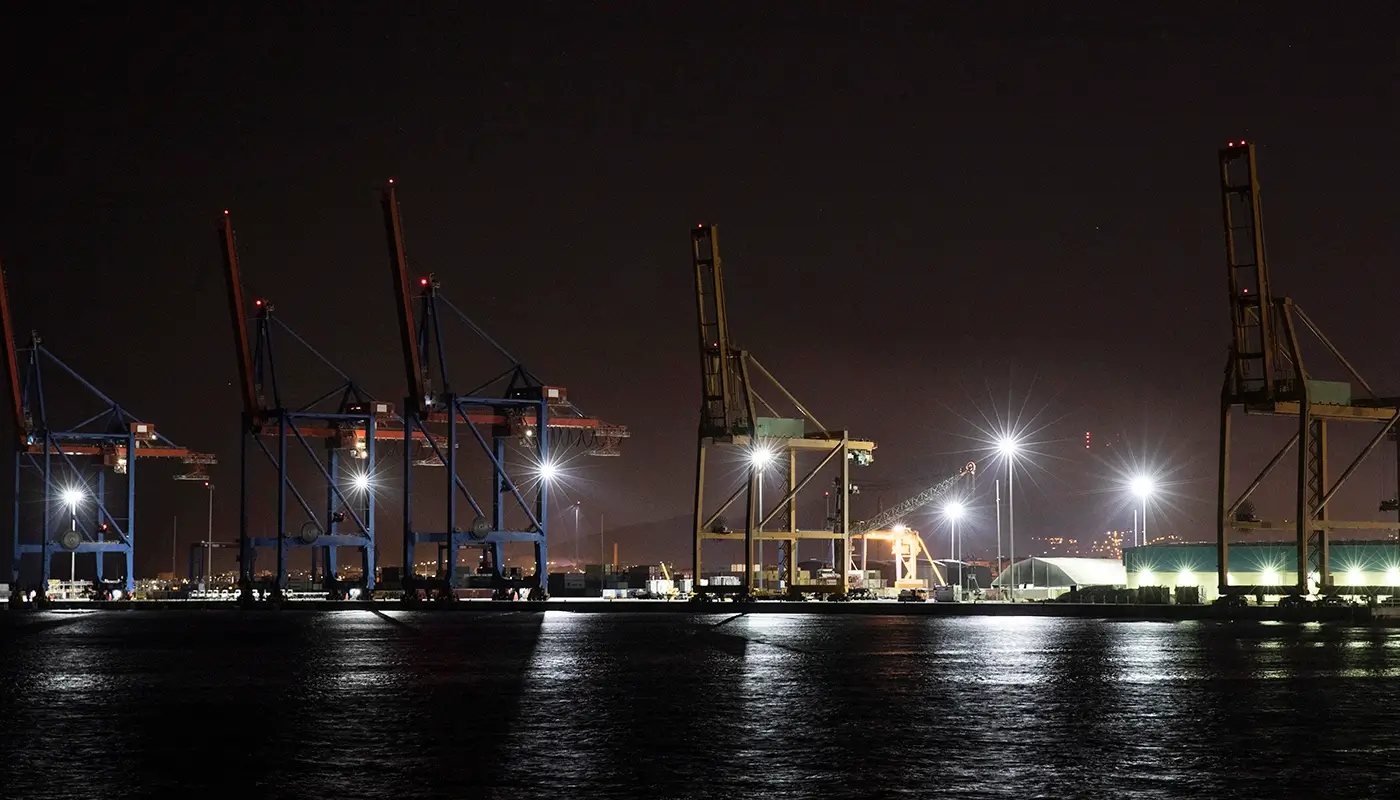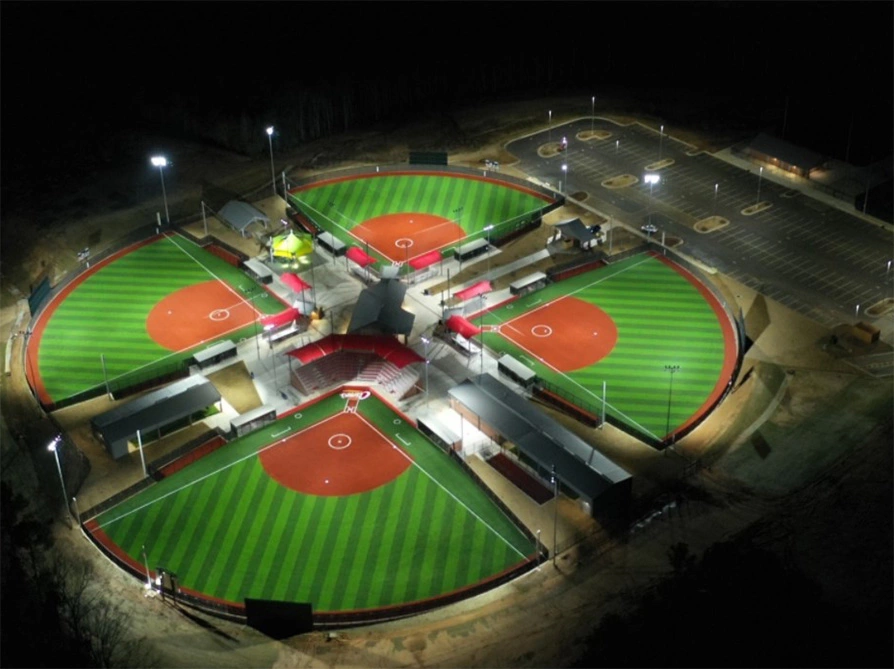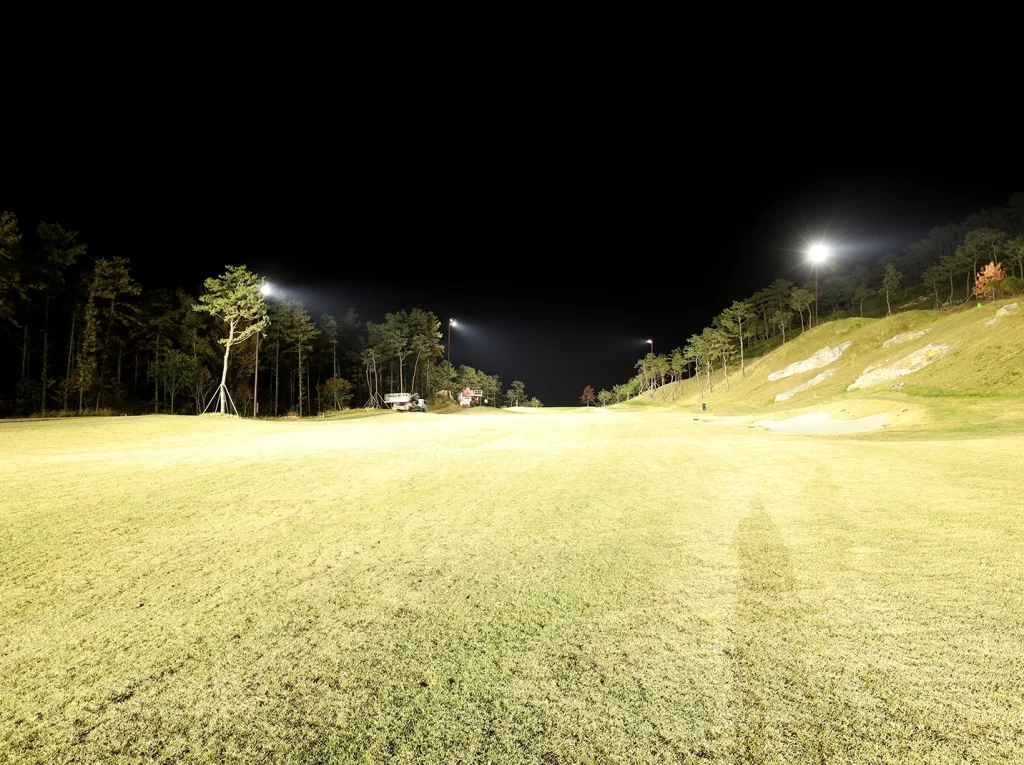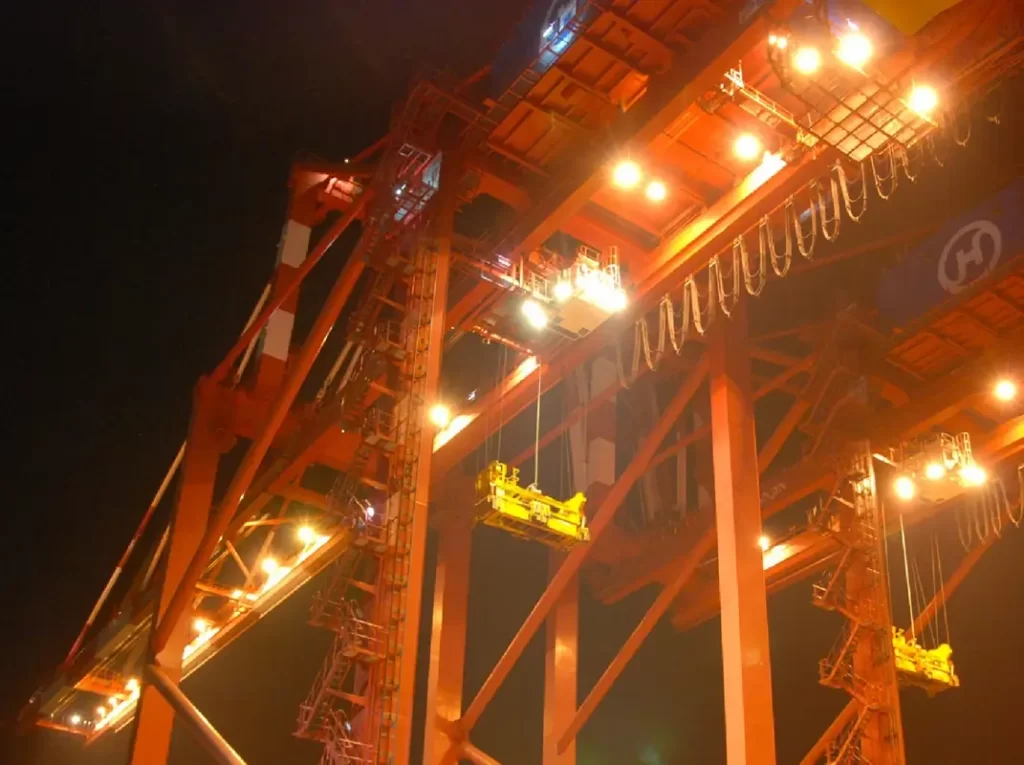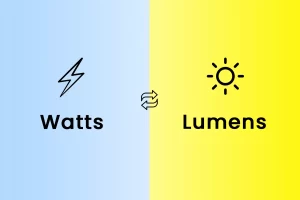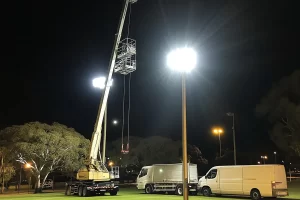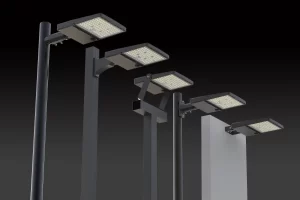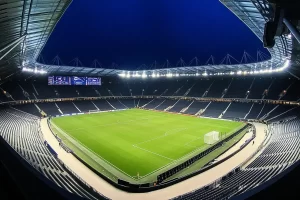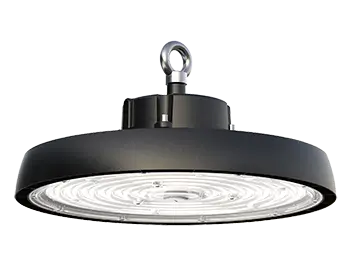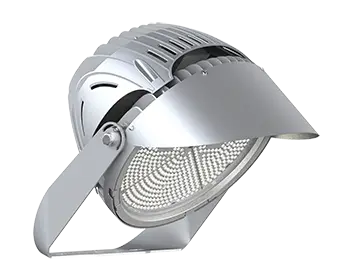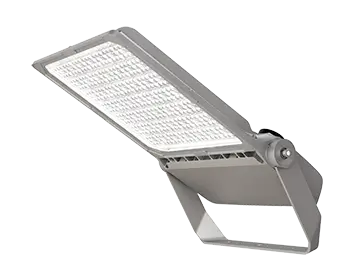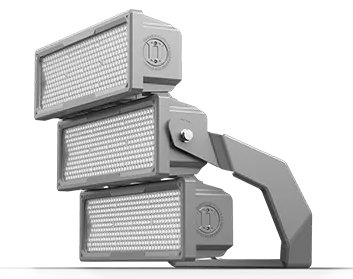Introduction
Who would’ve thought that something as fundamental as lighting could revolutionize the construction industry? In the vast realm of heavy machinery and towering cranes, lighting often takes a backseat. However, with advancements in technology, modern-day crane lighting has become an indispensable part of construction sites.
The Evolution of Crane Lighting
Remember the old movies where construction sites were dimly lit, creating an aura of mystery and danger? Those days are gone. Traditional lighting methods, which were often insufficient and posed hazards, have paved the way for brighter and more efficient solutions.
Benefits of Advanced Crane Lighting
Ever wondered why there’s so much buzz about the new-age crane lighting? Let’s explore the multitude of advantages.:
Safety: Better lighting means reduced shadows and clearer visibility, drastically lowering accident risks.
Efficiency: With increased visibility, workers can operate throughout the night, boosting productivity.
Cost Savings: Advanced lighting systems are more energy-efficient, translating to lowered electricity bills.
Cutting-edge Innovations in Crane Lighting
Hold onto your hard hats! The world of crane lighting is buzzing with innovations:
LED Technology: Gone are the days of halogen bulbs. LEDs offer brighter, more consistent lighting and last significantly longer.
Remote Control and Automation: Imagine adjusting crane lights with the click of a button! This dream is now a reality.
Energy Efficiency and Solar-powered Solutions: With the world turning towards sustainable solutions, solar-powered crane lights are becoming increasingly popular.
Smart Sensors and Adaptability: New crane lights can adjust their brightness based on surrounding light conditions, ensuring optimum visibility at all times.
Future Predictions for Crane Lighting
So, what’s next in the world of crane lighting? The future looks dazzling:
Integration with IoT: Soon, crane lights might be controlled via smartphones and integrated with other site machinery.
AI-powered Light Adjustments: Imagine crane lights that “learn” and adjust based on worker preferences and environmental conditions.
Challenges in Implementing New Lighting Technologies
As with all technological advancements, there are bumps on the road:
Initial Investment: Advanced lighting systems can be expensive initially.
Training and Adoption: Workers need to be trained to harness the full potential of these innovations.
Case Study: A Construction Site Transformation
In 2020, a construction site in Berlin decided to overhaul its lighting system. Post the revamp, there was a 40% reduction in accidents and a 30% increase in nighttime productivity. Talk about a game-changer!
Conclusion
The world of crane lighting is undergoing a radical transformation. With a blend of safety, efficiency, and innovation, these advancements are not just lighting up construction sites but also paving the way for a brighter and more productive future.
FAQs
How much energy can be saved with modern crane lighting systems?
Modern systems can save up to 60% more energy compared to traditional lighting.
Is the transition to advanced crane lighting cost-effective in the long run?
Absolutely! Though the initial investment might be higher, the savings in energy bills and increased productivity make it worthwhile.
How do smart sensors in crane lights work?
These sensors detect the ambient light conditions and adjust the brightness of the crane lights accordingly.
Can traditional crane lights be upgraded to newer technologies?
In most cases, yes. There are retrofit kits available for upgrading to modern lighting systems.
Are solar-powered crane lights reliable during cloudy or rainy days?
Most solar-powered systems come with backup batteries to ensure uninterrupted operation.


